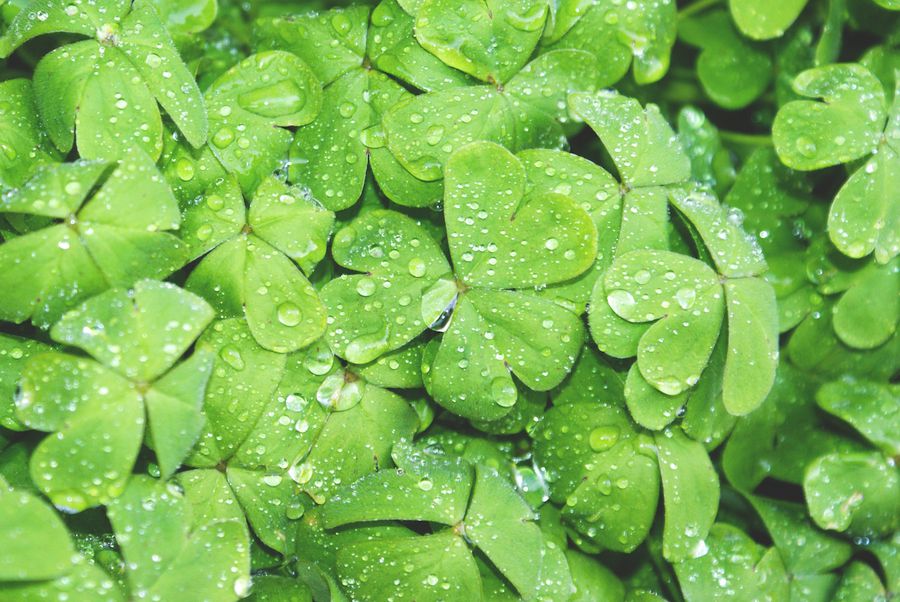
Every year, on March 17, we celebrate St. Patrick's Day with leprechaun costumes, games, and crafts, green foods and drinks, four-leaf clovers, and parades. But what's the origin of the holiday? And what are the meanings behind all the symbols that speckle our mid-March festivities? Here, 10 facts about the meaning of St. Patrick's Day to share with your little one.
1. March 17 marks the anniversary of the death of St. Patrick, which was believed to occur in the year 461. The primary patron saint of Ireland was a fifth-century Romano-British Christian missionary and bishop in Ireland who was also known as the "Apostle of Ireland."
2. St. Patrick is credited with bringing Christianity to Ireland. Born in Roman Britain, St. Patrick was kidnapped and brought to Ireland as a slave as a teenager. He was made to work as a shepherd for 6 years. After escaping and returning to his family, he vowed to return, and when he did, he devoted his life to establishing the Catholic church in Ireland.
3. The holiday has been celebrated by the Irish for over 1,000 years.
4. It has always been a reflective and joyful holiday. Irish families would observe the holiday, which falls during the Christian season of Lent, by attending church in the morning and then, in the afternoon, dancing, drinking, and feasting on the traditional Irish meal of bacon and cabbage. Yes, Lenten prohibitions on the consumption of meat were traditionally waived on St. Patrick's Day.
5. St. Patrick was said to use a three-leaf clover to explain the Holy Trinity (the Father, the Son, the Holy Spirit). Meanwhile, the leaves of four-leaf clovers are said to stand for faith, hope, love, and luck.
6. The first St. Patrick’s Day parade actually took place in the U.S. The first recorded St. Patrick’s Day parade was held by Irish refugees iin Boston in 1737. Then, on March 17, 1762, Irish soldiers serving in the English military marched through New York City.
7. Irish patriotism in America fueled even more parades. "Irish Aid" societies, like the Friendly Sons of Saint Patrick and Hibernian Society, popped up and hosted annual parades that featured music made with bagpipes and drums. In 1848, several societies banded together to put on an official New York City St. Patrick's Day Parade, which is considered the world's oldest civilian parade and the largest in the U.S. Chicago, Boston, Philadelphia, and Savannah also have largely-attended parades.
8. Many community have their own unique way of marking the special day. For instance, Chicago dyes the Chicago River green. It began in 1961. City pollution-control workers had been using dyes to trace illegal sewage discharges and thought it may be a fun way to celebrate St. Patrick’s Day. Annually, they release 40 pounds of green dye into the river to turn it green for a few hours.
9. Leprechauns are uniquely Irish, fairies that originated from Ireland’s folklore. According to Time.com, “Irish folklore described leprechauns as crotchety, solitary, yet mischievous creatures. They were said to be shoemakers who socked away their profits in pots at the end of rainbows, or scattered them around in mountains, forests, or rocks.”
10. Green didn’t become the official color of the holiday until the 18th century. Up until then, blue was the color associated with St. Patrick! But when the shamrock became the national symbol, bringing to mind the landscape of the island, and the hue became permanently associated with the holiday.
